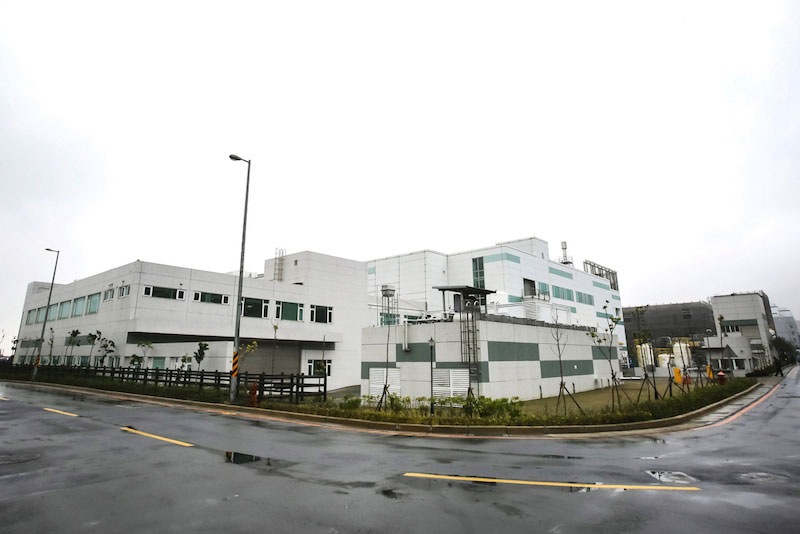Apple's new OLED displays being developed in secret Taiwan laboratory
According to reports from sources close to manufacturing, Apple has recently opened a brand new production laboratory in the northern part of Taiwan.
The new lab appears to be an unmarked, unbranded building in Longtan, where a team of 50 engineers and production workers have been employed by the company to research OLED display technology.

(Image courtesy: Bloomberg)
The only clues suggesting that the building is indeed occupied by Apple, is a single Apple logo affixed behind a reception desk, and an iMac available for visitors registration. Aside from that, all personnel seems to have been instructed not to talk about the facility, aside from unofficial words from assembly lines.
Most of the engineering staff was hired from local manufacturing companies AU Optronics Corp. and chip manufacturer Qualcomm Inc. the latter of which appears to be the previous owner of the building.
Details are scarce and unofficial, and the workers have refused to be identified, however, it’s likely that new ways to implement Organic Liquid Crystal Displays have not only iPhones and the Apple Watch at its core, but also devices with bigger displays, including the iPad, and MacBooks, with a focus on keeping devices as thin and as light as possible, without backlight requirements.
More proof of Apple as a manufacturer
The existence of this facility leads to the logical conclusion that Apple is most likely looking to thin out its reliance on other manufacturers, such as Samsung and Sharp, who have provided massive amounts of technology towards production of the iPhone, the iPad, the MacBook and iMac displays, as well as internal hardware.
OLED displays are notoriously more expensive to manufacture than LCDs, which makes Apple and Samsung direct competitors, in a situation where Apple takes display production into its own hands, as Samsung is the only other company capable of producing reliable OLED displays and implementing it into its own devices.